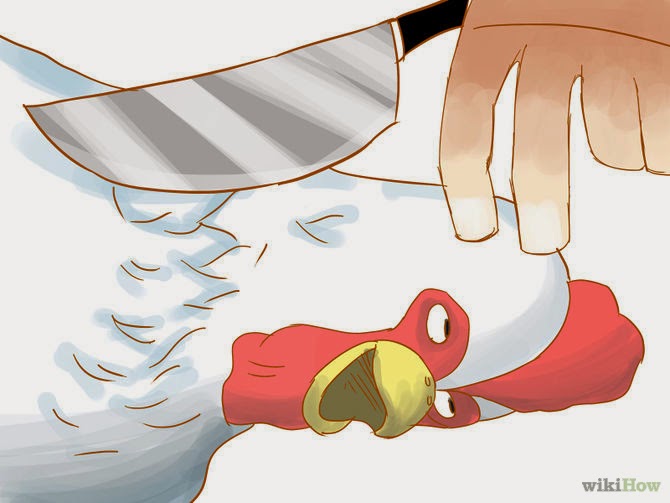Many Chinatowns across the U. S. and Canada have been physically reduced and replaced by redevelopment and
gentrification. One wonders whether historic Chinatowns will continue to disappear from the landscape or at least relocate to different parts of cities.
Unfortunately, the "idea" of Chinatowns is alive and well through the societal perpetuation of a stereotype of Chinese as forever foreign, strangers in a strange land, oriental and exotic.
Consider the iconic 1910 song,
Chinatown, My Chinatown,
When the town is fast asleep, and it's midnight in the sky,
That's the time the festive chink starts to wink his other eye,
Starts to wink his dreamy eye, lazily you'll hear him sigh.
Strangers taking in the sights, pigtails flying here and there.
See that broken wall street sport, still thinks he's a millionaire.
Still thinks he's a millionaire, pipe dreams banish every care.
Chinatown, my Chinatown,
When the lights are low
Hearts that know no other land,
Drifting to and fro
Dreamy, dreamy Chinatown
Almond eyes of brown
Hearts are light and lights are bright
In dreamy Chinatown
Chinatown, my Chinatown
The lyrics of the main verse may seem upon to be a song of endearment but a closer reading shows that the "dreamy dreamy Chinatown" refers to how pervasive opium smoking in Chinatown leads to "Hearts are light and lights are bright." This imagery casts Chinatown in a negative light.
A 1929 sing-along cartoon entitled
Chinatown, My Chinatown by Max Fleisher also mocks the Chinese and at the
2:35 mark, uses the song's lyrics to accompany his ridicule.
Another popular image of Chinatowns focuses on tong wars. In the 1920s, rival Chinese tongs fought bloody battles on the streets of Chinatowns. Hollywood and pulp fiction writers often seized on this aspect of Chinese gangs, which both frightened and captivated the public. In 1929, a movie,
Tong War, exploited these sensational activities.
The description of the plot emphasizes that the story involves "a white woman among yellow men." She is supposedly "mysteriously attracted to Chinatown," which is of course, "sinister and secretive." The audience is encouraged to come see if "she is ever seen or heard of again by her uptown society friends." No unemployed high school dropout is she, but rather a member of the upper crust who has succumbed to the temptations of the evil yellow men.
Of course, much has changed since the 1920s, and Chinese have gained respect through their achievements and contributions in many fields over the almost 100 years since the Tong wars ended. But the theme of evil yellow men, tong wars, and chop suey is down but by no means dead.
A pulp fiction mystery, with the inappropriate title, Chop Suey, of recent vintage continues to exploit the tong wars.
Although the plot has nothing to do with American Chinese food, the title Chop Suey, is used to evoke a long standing but now antiquated association with Chinese people. Incidentally, judging from the photograph below, it appears that the restaurant sign on the book cover was based on one from a vintage Chinese restaurant in Kingston, New York.
A teaser for the book is the following "recipe."
Add one lovable dope looking for love.
Layer in a vicious serial killer.
Throw in a couple of gang members.
Mix in a pair of Chinatown detectives.
Combine it with Ling Chi, death by 1,000 cuts.
And you have the perfect recipe for Chop Suey.
Stereotypes may fade, but they never seem to die.




































